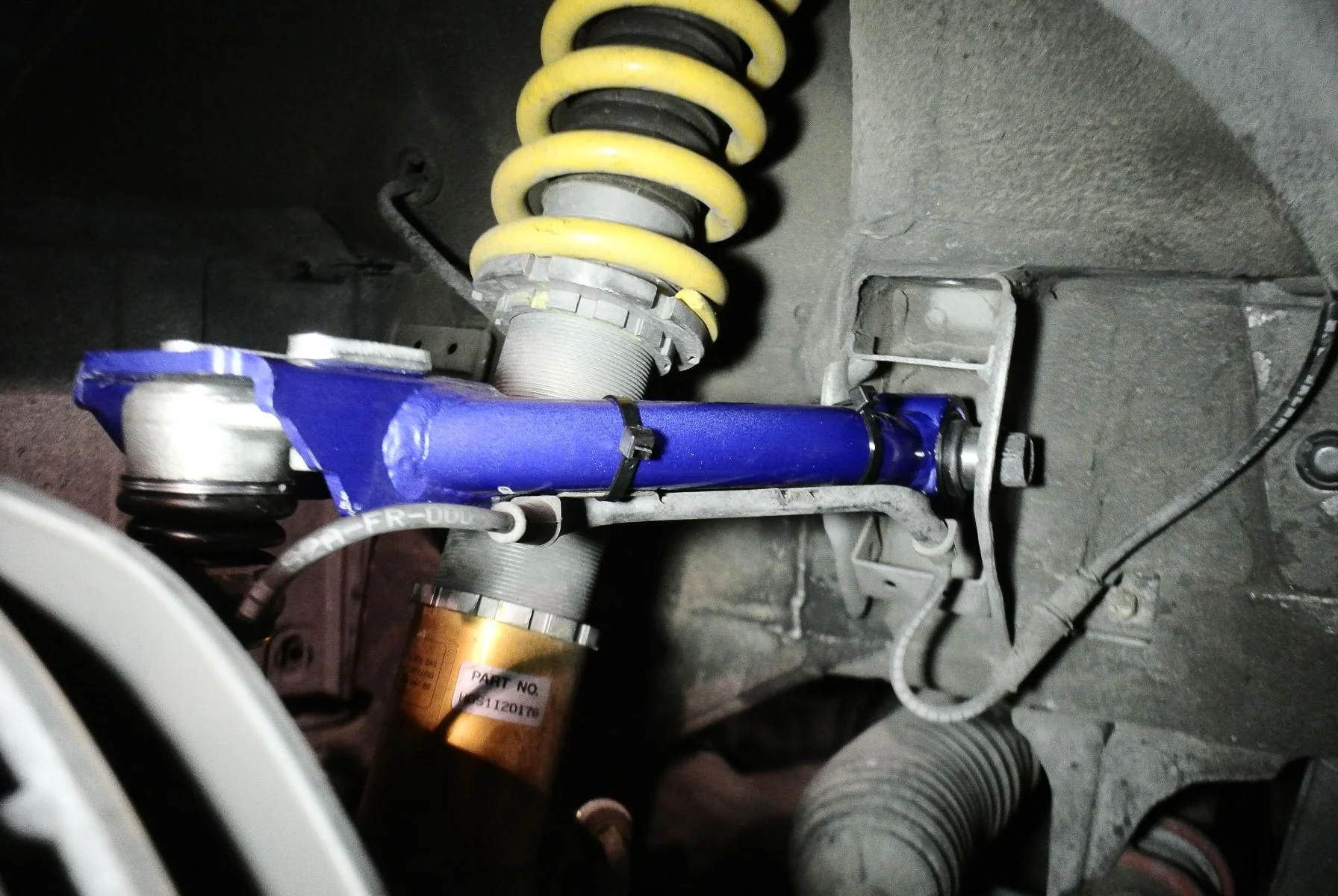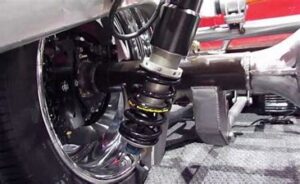Every auto enthusiast might be thinking about what are camber plates in a car, and why it’s important. As well as how they work in a car. In an automobile, camber plates act as your wheels’ unassuming assistants. Consider yourself in front of your car, facing it directly. Zero camber refers to tires that are absolutely straight up and down. However, they typically lean slightly in or out. Camber plates are similar to unique devices that attach your car’s coilovers or struts to the body of the vehicle. You can modify how much your tires tilt thanks to these.

The steering wheel’s dependable sidekicks, and camber plates, ensure that your car handles properly and that your tires survive for a longer time. They may be little, but they work really hard! Want to know how? For this, you need to stay hooked to this article to gain more important insights about camber plates in a car.
Table of Contents
What Are Camber Plates In A Car?
A car’s suspension system is connected to the frame by specific parts called camber plates, which are located at its top. They may seem insignificant, but they have a significant impact on how well your car runs. Take a front-facing view of your car. Zero camber is achieved when your tires are absolutely vertical and level. But frequently, they have a tiny inward or outward tilt. This tilt can be altered using camber plates. It influences how well your car handles.

When turning, especially, properly adjusted camber plates keep your tires firmly in contact with the pavement. This improves stability and traction, making driving in your car safer. Additionally, it affects how quickly your tires wear out, which ultimately saves you money. Camber plates are a favourite among automobile enthusiasts because they allow them to customize the handling of their vehicles to their tastes. Therefore, the performance and safety of your car are greatly affected by these little plates.
Importance Of Camber Plates In A Car
Although camber may seem like a minor issue, it really affects how your car handles. Here’s why camber plates are significant:
1. Tire Contact:
Camber plates help maintain the best possible tire-road contact, particularly during turns. This is essential for stability and grip, improving performance and safety.
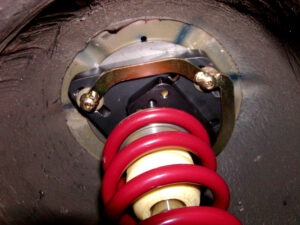
2. Handling Precision:
You can customize your car’s handling qualities by fine-tuning the camber angle. Camber plates make it easy to choose between a sportier sensation for the track or a more stable ride for daily commute.
3. Tire Wear:
The longevity of your tires can also be increased with proper camber adjustment. You’ll save money and have a better ride if your tires wear evenly.
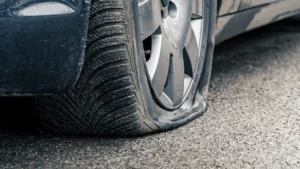
4. Customization:
Camber plates are frequently used by enthusiasts and racers to fine-tune their suspension settings. The performance of an automobile on the track can be significantly enhanced by this level of customisation.
How Does Camber Plates Work In A Car?
An automobile’s camber plates function by modifying the tilt from the vertical, or “camber,” of the wheels. Consider seeing your car from above; if the tops of the tires lean in or out, that is camber. Similar to specialized tools, camber plates allow you to adjust this angle. Here is how they function:
1. Mounting:
Your car’s struts or coilovers have camber plates that sit on top of them. They join the chassis of the car to the suspension.

2. Modification:
You may adjust the wheel angle by twisting these plates. Additionally, can apply a negative camber to your tires for increased traction when turning. You can decrease it or increase it if you desire improved straight-line steadiness.
3. Effects:
Modifying camber changes how much of the road your tires contact. This has an impact on handling, tire wear, and steering accuracy. Camber plates help your tires perform at their optimum whether you’re dancing through bends or cruising down the highway. It’s like fine-tuning your car’s shoes for various activities.
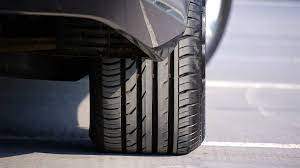
How Do Camber Plates Affect Handling?
Your car’s handling is greatly affected by the camber plates. Think of them as miniature steering helpers. By changing the angle at which your tires contact the ground, they alter handling. Here’s how it functions:
1. Response To Steering:
You may adjust your tires’ angle with camber plates. The response of your car to steering wheel turns is enhanced by more negative camber (top-to-bottom tilting). You may perform quicker and sharper bends since it improves the front tires’ traction on the pavement.
2. Cutting Down On Under And Over-Steer:
When your car feels like it is turning too little or too much during a corner, it is understeering; otherwise, it is oversteering. Camber plates aid in reversing these inclinations. Your car will behave more predictably if you add more negative camber to the front tires to prevent understeer or tweak the rear to reduce oversteer.
3. Cornering Steadiness:
Your automobile will be more stable through quick corners if you have the proper camber configuration. When taking turns at a higher speed, it gives you improved control and confidence by preventing the tires from slipping or skidding.
For your car’s handling, camber plates work like magic buttons. They assist you in adjusting how it responds to your commands, resulting in smoother, safer, and more enjoyable drives.
Frequently Asked Questions
Are you interested in your car’s camber plates? Here are five frequently asked questions (FAQs) that are succinctly answered to help you understand these crucial suspension parts.

1. Why Modify Camber?
Ans: You may improve tire grip by changing camber angles. A lower camber is more suitable for regular driving, improving stability and tire longevity, while a negative camber is helpful for quick corners.
2. Do Camber Plates Need To Be Used For Regular Driving?
Ans: No, not always. For aficionados of performance or racing who wish to fine-tune their vehicle’s suspension for certain requirements, they are more important.
3. Can I Put Camber Plates On My Own?
Ans: You can if you have prior knowledge of auto modifications. To ensure proper alignment and avoid tire wear issues, expert installation is safer.
Conclusion:
Even though camber plates are modest, they have a big impact on your car’s performance, security, and tire life. They serve as the unsung hero of your vehicle’s suspension system, making sure that your ride is not only comfortable but also handles flawlessly. Therefore, keep in mind that the camber plates are quietly working to keep you in control the next time you make a fast bend.
